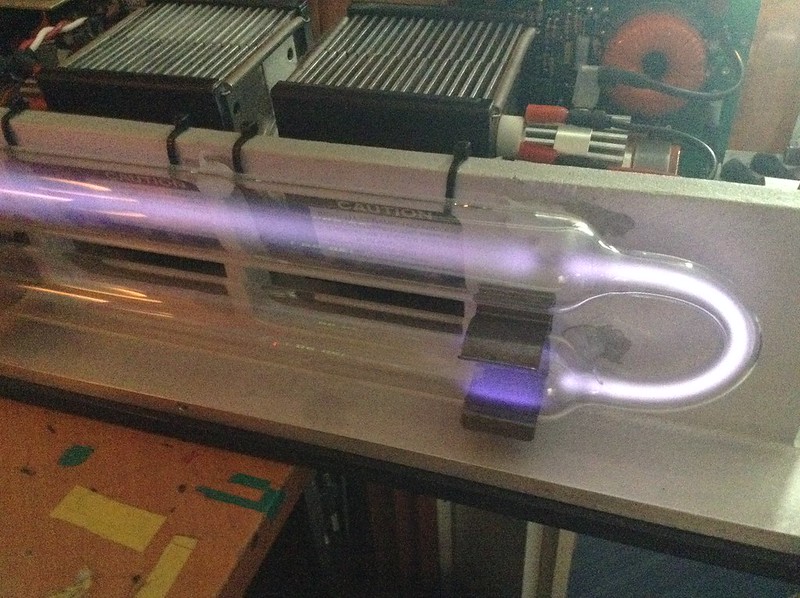Pretty much. It’s still can be beneficial but not for the same reasons. Little air cooled ones generally can rest for quite a long time without any issues. I still run mine periodically to keep the power supply healthy mainly. Running air cooled ones periodically is still good to keep the gas pressure consistent, which will keep the beam noise down and stuff like that, But the pressure in and of itself can never technically go higher than it was when it was initially filled. That’s why a lot of those old little air cooled tubes still work after so long even at mid life, and why some late life ones will start to re-light for a short time after sitting for a long period of storage, as the gas will slowly leech back out of the walls enough to let the tube light again.
That’s why the refurbishing business still does some small air cooled ions. As long as the tube structure and filiment are good you can just bake out the tube to release all the old gas and then refill it and it will work good as new.
That’s why you often saw these 10,000 hour rated tubes being re-tubed at 5000 ish hours, As running at low pressure is extremely hard on the filament and power supply. If you replenish the gas before it starts this excessive wear cycle, you will prolong the life of the very expensive tubing parts themselves.





